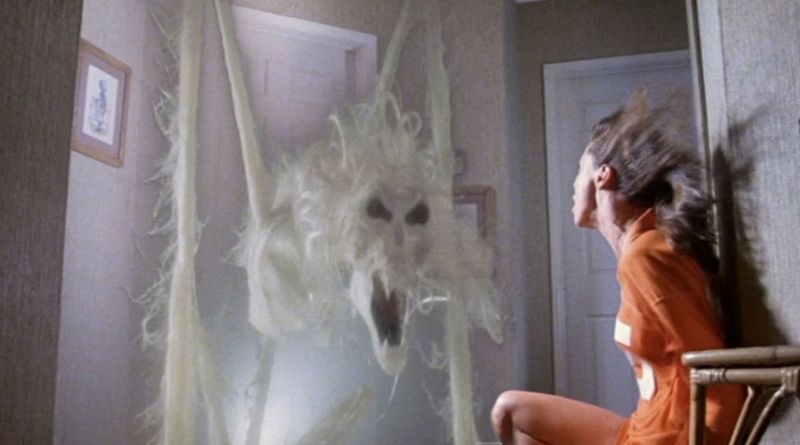The 1982 horror classic “Poltergeist,” directed by Tobe Hooper and produced by Steven Spielberg, has become a staple in the genre, known for its groundbreaking special effects and chilling storyline. However, one of the more shocking revelations about the film is its use of real human skeletons in certain scenes. This article explores this controversial aspect of “Poltergeist,” the reasons behind the decision, and the implications it had on the film and its legacy.
Table of Contents
The Use of Real Skeletons
In “Poltergeist,” there are several memorable scenes involving paranormal activity, particularly in the haunted suburban home. One of the most notorious moments occurs in the pool scene, where the protagonist, Diane Freeling, finds herself submerged in a pool filled with skeletons. It was later revealed that some of these skeletons were, in fact, real.
Why Real Skeletons Were Used
- Cost and Availability: At the time of filming, acquiring realistic-looking skeletons was quite challenging. Many prop skeletons were made of plastic, which often didn’t appear convincing on screen. Real skeletons, however, provided a level of authenticity that filmmakers believed would enhance the visual experience.
- Production Choices: According to reports, the production team opted for real skeletons because they were cheaper than creating lifelike replicas. This decision was not uncommon in the film industry during that era, although it raised ethical concerns.
Implications and Controversies
The revelation that real skeletons were used in “Poltergeist” sparked significant controversy. The ethical implications of using human remains in a commercial film led to discussions about the responsibilities of filmmakers in handling sensitive subjects.
Impact on the Film’s Legacy
Despite the controversies, “Poltergeist” remains a highly regarded film in the horror genre. It set new standards for special effects and storytelling, influencing numerous films that followed. The revelation about the skeletons has only added to the film’s mystique, with fans and critics often revisiting the topic in discussions about its production.
FAQs About Poltergeist and Its Use of Real Skeletons
1. Were all the skeletons in Poltergeist real?
No, not all the skeletons in “Poltergeist” were real. Only certain scenes featured real skeletons, while others used props.
2. Why did the filmmakers choose to use real skeletons?
The decision was primarily based on cost and the desire for realism. At the time, obtaining realistic prop skeletons was more expensive and challenging.
3. How did this decision affect the film’s reception?
While it raised ethical questions, the use of real skeletons did not negatively impact the film’s overall reception. “Poltergeist” is still celebrated for its storytelling and innovative effects.
4. Did any cast members express concerns about using real skeletons?
There were reports of cast members being unaware that real skeletons were being used until after filming, which raised concerns about consent and ethics.
5. What other controversies surrounded the making of Poltergeist?
The film is also linked to various urban legends and supposed curses surrounding its cast, adding an eerie layer to its legacy in pop culture.
Conclusion
The use of real skeletons in the 1982 movie “Poltergeist” remains one of the most intriguing and controversial aspects of the film. While it sparked ethical debates, the film’s impact on the horror genre is undeniable. “Poltergeist” continues to be analyzed and appreciated for its innovative storytelling, special effects, and the unforgettable chills it delivers. Its legacy, intertwined with both creativity and controversy, ensures that it remains a topic of conversation for years to come.



